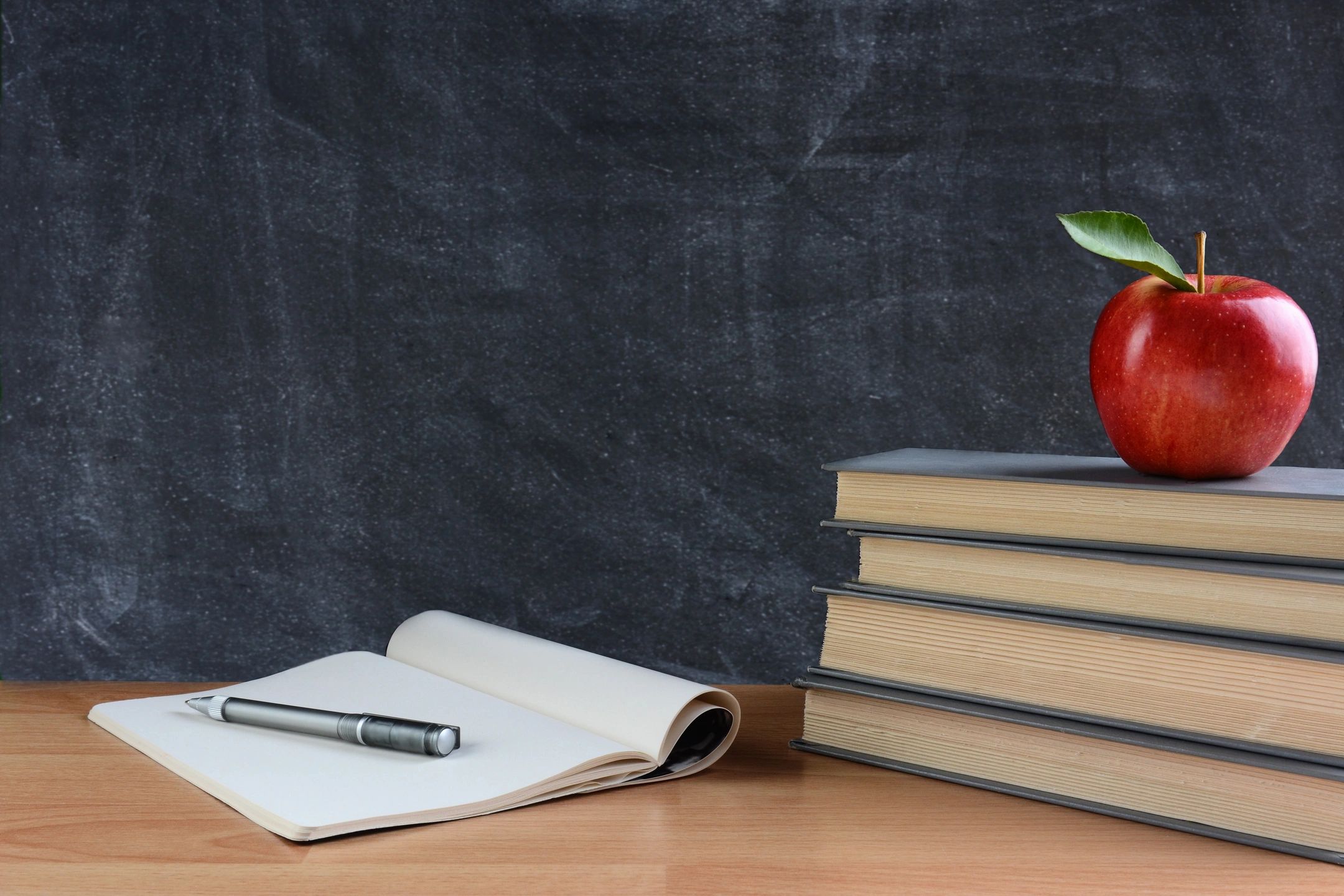There has been a lot of focus on the effect that this unprecedented COVID-19 school year will have on our children and on the parents. But today we want to talk about the incredible pressures and unknowns that are facing our educators as we embark on the upcoming start of school.
First, let’s talk about the teachers who are facing the challenges of virtual learning. Although we had some experience with this in the spring, starting an entirely new school year with students you don’t know creates a huge hurdle for teachers. It’s going to be difficult to connect with the kids emotionally through virtual learning – and to understand all of their little quirks and personalities. A teacher’s connection to his/her students is so very important, and not having one-on-one time in the classroom can create a gap in that relationship.
Next let’s discuss the teachers who are heading back into the classroom for in-person education. All of the added pressures to keep their students clean and healthy from COVID-19, as well as those teachers dealing with the stress of underlying health issues themselves or within their families creates so much additional stress and anxiety. It’s difficult enough to keep students engaged and focused during the school day, but adding social distancing, masks, hand-sanitizing stations, etc. will inevitably make the days that much harder.
The bottom line is that no matter how a teacher is entering this school year, the challenges are incredibly complicated. Emotionally speaking, this is probably the hardest fall most teachers have ever experienced. Waters Edge Counseling wants to help with techniques and resources to calm those fears.
So what can teachers do to set their own concerns and worries aside while facing a real uphill battle this school year? A lot has to do with Self Care. Regardless of your specific situation as an educator – whether it be a virtual scenario or in-person learning – the following ideas can help you maintain peace of mind and keep you from feeling too overwhelmed.
- Set and maintain boundaries. Dealing with changes to routines and schedules (virtual schedules are very different than in-school days, and this fall, in-school days won’t look like what we’re used to) can be very challenging. Working from home can blur the lines of when your workday starts and ends. In the same respect, adding in the elements of social distancing and wearing masks and washing hands constantly adds a lot to a school day for in-person teachers. If you are teaching virtually, be sure to keep a schedule that allows for breaks and has a firm “stopping” time. If you are teaching in-person, make sure your students learn to take on responsibilities that COVID-19 has made necessary so that you aren’t carrying the full load.
- Reflect on your feelings and needs. It’s very important to recognize and name your emotions. When you are aware of a new feeling, take a moment to (a) Name the feeling and why you may be feeling that way and (b) Think about what you might need at that moment and in the future. For example, if you are feeling overwhelmed by new information or curriculum changes, write down your questions and identify someone you can ask. You may also want to schedule time in your day for journaling. This will help you put the things that are bothering you into words.
- Recognize what is and isn’t in your control. During this unique time so MANY things are out of our control, and the best way to tackle them is to realize that fact. Consider using a simple T-chart to make two lists – one of things you can control and one of the things you can’t. It will help you visualize the things you can do something about and you can start working on those one by one.
- Acknowledge moments of gratitude or joy. Look for moments of joy and connection with your students. Whether online or in-person, you are a teacher because you love your students. Recognize those “Aha!” moments and the individuality of all your kids – they are going through a tough time, too, and seeing you show gratitude will go a long way in helping them to do the same.
- Use self-care routines throughout your day. Start and end your day with self-care practices – meditation, exercise, prayer, talking with family and friends…all of these qualify as taking care of yourself.
There’s no question that this school year won’t look like any other that we’ve seen due to COVID-19, but with some special tools and self-care, educators can have a more positive outlook and see the good in their situations. If you are feeling overwhelmed, please give us a call. Our therapists are here and ready to help in any way.

